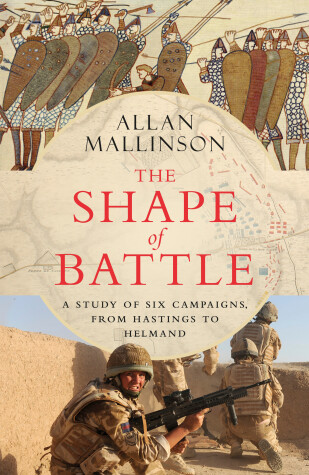One of our most distinguished military historians tells the story of six defining battles . . .
Every battle is different. Each takes place in a different context - the war, the campaign, the weapons. However, battles across the centuries, whether fought with sticks and stones or advanced technology, have much in common. Fighting is, after all, an intensely human affair; human nature doesn't change. So why were battles fought as they were? What gave them their shape? Why did they go as they did: victory for one side, defeat for the other?
In exploring six significant feats of arms - the war and campaign in which they each occurred, and the factors that determined their precise form and course - The Shape of Battle answers these fundamental questions about the waging of war.
Hastings (1066) - everyone knows the date, but not, perhaps, the remarkable strategic background.
Towton (1461) - the bloodiest battle to be fought on English soil.
Waterloo (1815) - more written about in English than any other but rarely in its true context as the culminating battle in the longest war in 'modern' times.
D-Day (1944) - a battle within a larger operation ('Overlord'), and the longest-planned and most complex offensive battle in history.
Imjin River (1951) - this little known battle of the Korean War was the British Army's last large-scale defensive battle.
Operation Panther's Claw (2009) - a battle that has yet to receive the official distinction of being one: an offensive conducted over six weeks with all the trappings of 21st-century warfare yet whose shape and face at times resembled the Middle Ages.
The Shape of Battle is not a polemic, it doesn't try to argue a case. It lets the narratives - the battles - speak for themselves.
- ISBN10 1787632415
- ISBN13 9781787632417
- Publish Date 21 October 2021
- Publish Status Active
- Publish Country GB
- Publisher Random House USA Inc
- Imprint Bantam Press
- Format Hardcover
- Pages 416
- Language English
- URL https://penguinrandomhouse.ca/books/isbn/9781787632417
